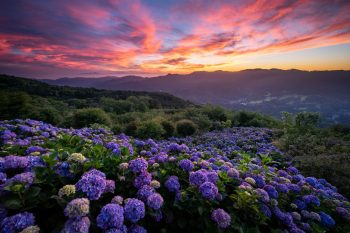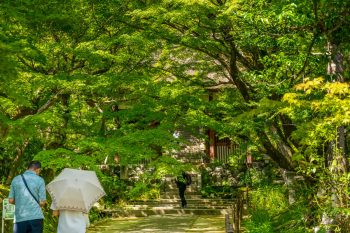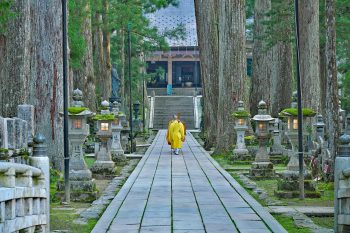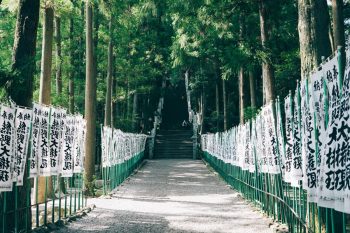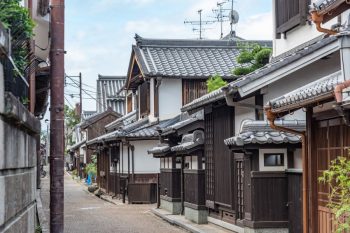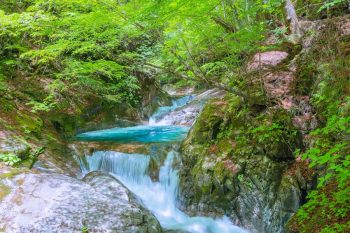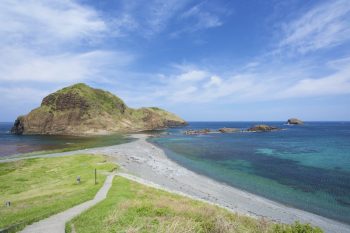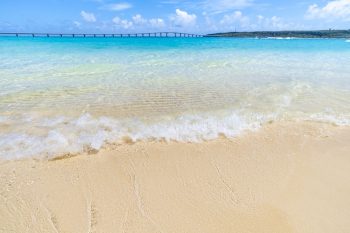TRAVEL
If you ask just about anyone in Japan, you will hear that Japan has four very distinct seasons: spring, summer, autumn, and winter.
This is the second part of a two-part article on Japan’s most beautiful traditional gardens. In Part 1 we introduced gardens from Himeji, Hiroshima, Nara, Tokyo, and Kyoto. In Part 2 we return to Kyoto to visit two truly unique landscape gardens and then finish with the three most famous gardens in Japan.
Mountains cover around 70% of Japan and as hiking is a popular pastime in this country, its hiking trails are well-maintained, clearly sign-posted, and very easy to access. Even if you are based in one of Japan’s major metropolitan centers you are never more than a short train ride from a scenic mountain trek.
Japan has a reputation for high tech products and futuristic convenience, but much of the country has also maintained a historic flavor. You might not believe it as you walk through the glittering scene of Shinjuku, but it is not at all hard to find neighborhoods, and sometimes whole towns, that still look much like they did during the feudal Edo period (1603-1886).
If you are traveling on a budget in Japan and wondering how to find cheap hotels, then business hotels are an excellent option. Japanese business hotels occupy an inexpensive but comfortable middle ground between pricey accommodation options such as tourist hotels and luxury ryokan inns, and extremely cheap but basic options such as pods in capsule hotels, booths in internet cafés, and bunks in hostel dormitories.
Japan’s beach season officially begins with umibiraki (海開き) which literally means the opening of the sea. The dates for this will differ according to region with the southernmost beaches in Okinawa often opening as early as March or April while on the four main islands of Japan it is normally in early July.


